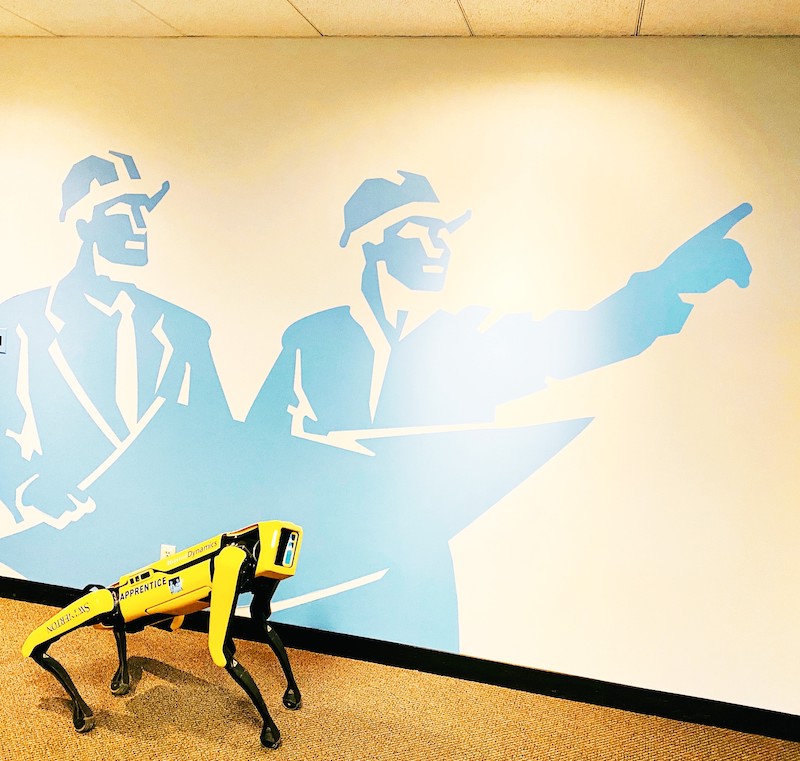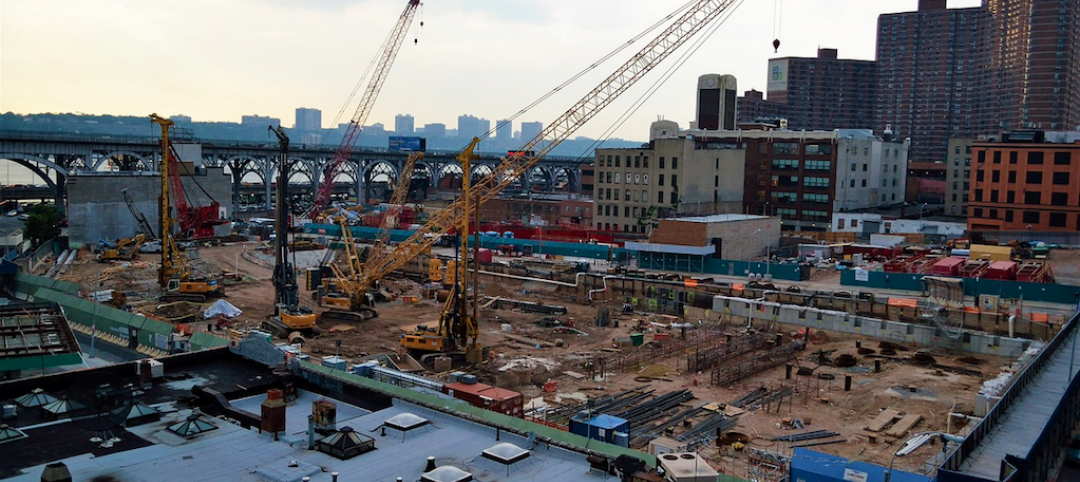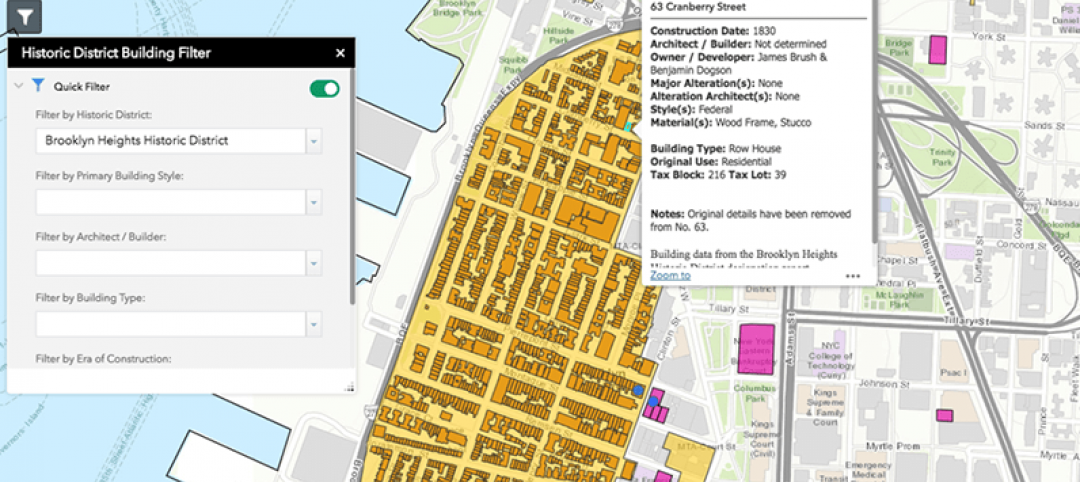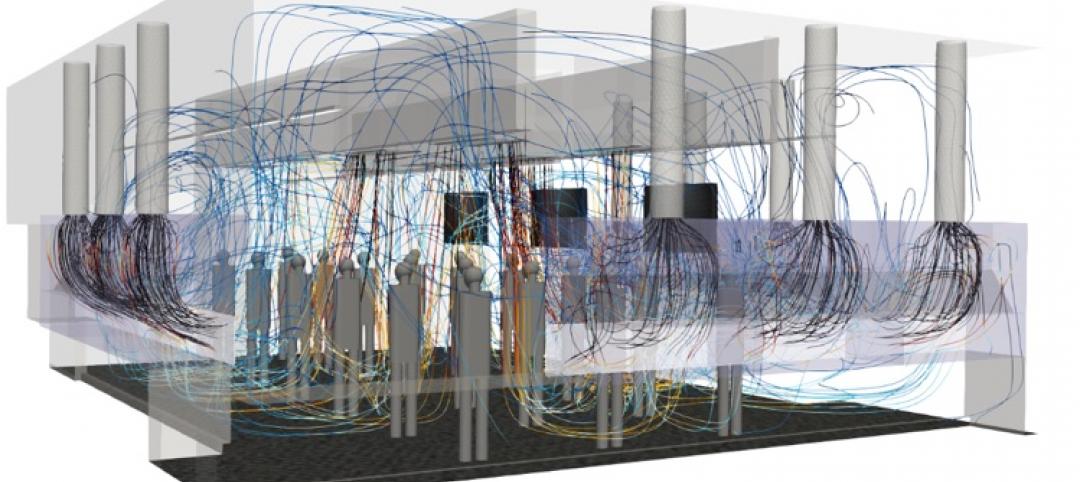Swinerton, the national construction services provider, is among the GCs that are embracing construction technology is various ways.
It is using high-definition 3D scanning technology to provide clients with such benefits as time-stamping work with preserved historical data, minimizing client travel thanks to remote walk-through capabilities, and coordinating subcontractors with an eye toward minimizing change orders and errors.
The firm’s prefab and modular construction capabilities leverage technology to reduce construction costs by as much as 20% per project, improve quality and safety, and expedite a project’s completion.
And on a number of its jobsites, Swinerton has been testing Boston Dynamics’ quadruped robot, better known as Spot Dog, for walk-throughs to inspect progress (such as tracking the numbers of studs or electrical conduit installed daily), measure and report data points, create a digital twin, and compare as-built to BIM.
Meet Spot Dog: The robotic inspection dog for construction jobsites
The three-foot-tall yellow robot “is an incredibly capable machine,” says Eric Law, Swinerton’s senior director of technology and innovation, whom BD+C interviewed last week with Tristen Magallanes, the firm’s innovation analyst; and Brian Ringley, a construction technology manager with Boston Dynamics.
Swinerton has been testing Spot Dog for four months. It used the robot to track the interior work within a ground-up medical office building in Redwood City, Calif. (That robot has since been relocated to one of Swinerton’s other projects in Austin, Texas.) The robot was also at work at the Queen Emma Building in Honolulu, Hawaii, where Swinerton is reconstructing an office building to affordable apartments.
The robot in use in Honolulu, which can handle a payload of up to 30 lbs., was equipped with a laser scanner and 360-degree camera. The robot, explains Ringley, can be controlled directly or tele-operated from offsite. There’s also an “auto-walk” feature where the user takes the robot to where he or she wants it to go, and artificial intelligence lets the robot repeats that pattern and tasks.
A video of Spot Dog in action in Honolulu can be viewed here.

Spot Dog, standing in front of Swinerton's brand image.
Law notes that a robot is better suited for capturing repetitive data because humans “have a hard time walking the same path everyday.” Spot Dog is also capable of navigating uneven terrain, and can be programmed to avoid obstacles.
Boston Dynamics has about 100 of these robots in the field, confirms Ringley, all of them under leases that typically run from six to 12 months. He declined to discuss lease terms, except to say “it’s cheaper than leasing a car.”
Spot Dog was expected to complete its work at the Honolulu project sometime this month and be relocated to roam another Swinerton project.
Ringley says that Boston Dynamics is constantly tweaking its robots for better mobility, stability, and autonomy. Boston Dynamics is preparing to launch a 2.0 version of Spot Dog “soon,” he says, without disclosing any details.
Related Stories
Sponsored | AEC Tech | Apr 3, 2018
4 reasons to take a closer look at your project metrics
We've all heard that data is important, but what role does it really play in your business?
AEC Tech | Mar 7, 2018
Interoperability for the building industry – More wicked problems
This article is a follow up to Nathan Miller's 2016 article “The Wicked Problem of Interoperability”.
AEC Tech | Feb 28, 2018
Nine tips to bridge the cybernetic design gap
Unlike other technologies we have seen, augmented and virtual reality are looking to have staying power in a truly disruptive way.
AEC Tech | Jan 29, 2018
thyssenkrupp tests self-driving robot for ‘last mile’ delivery of elevator parts
“With driverless delivery robots, we could fill a gap and get spare parts from our warehouses to the jobsite faster,” said thyssenkrupp SVP Ivo Siebers.
AEC Tech | Jan 25, 2018
Four high-tech solutions to mitigate theft on the jobsite
Geo-fencing and drone surveillance are among the tech solutions for protecting jobsites from asset loss.
BD+C University Course | Jan 2, 2018
The art and science of rendering: Visualization that sells architecture [AIA course]
3D artist Ramy Hanna offers guidelines and tricks-of-the-trade to ensure that project artwork is a stunning depiction of the unbuilt space.
Reconstruction & Renovation | Dec 21, 2017
Interactive map includes detailed information on historic New York City buildings
The New York City Landmarks Preservation Commission launched a new, enhanced version of its interactive map, Discover NYC Landmarks.
AEC Tech | Dec 20, 2017
6 CFD post-processing tips to improve visualization productivity and quality
Southland Engineering’s Abdullah Karimi offers helpful tips for making computational fluid dynamics (CFD) models more productive.
Sponsored | Building Team | Nov 3, 2017
4 strategies for marketing your AEC firm
Having a clearly defined competitive brand and a fine-tuned marketing approach can give your firm a significant competitive advantage.
Sponsored | AEC Tech | Oct 19, 2017
3 reasons why your firm needs cloud software
For firms looking to propel their architectural design services to new heights and levels of sophistication, a consolidated cloud-based platform is a valuable asset.

















